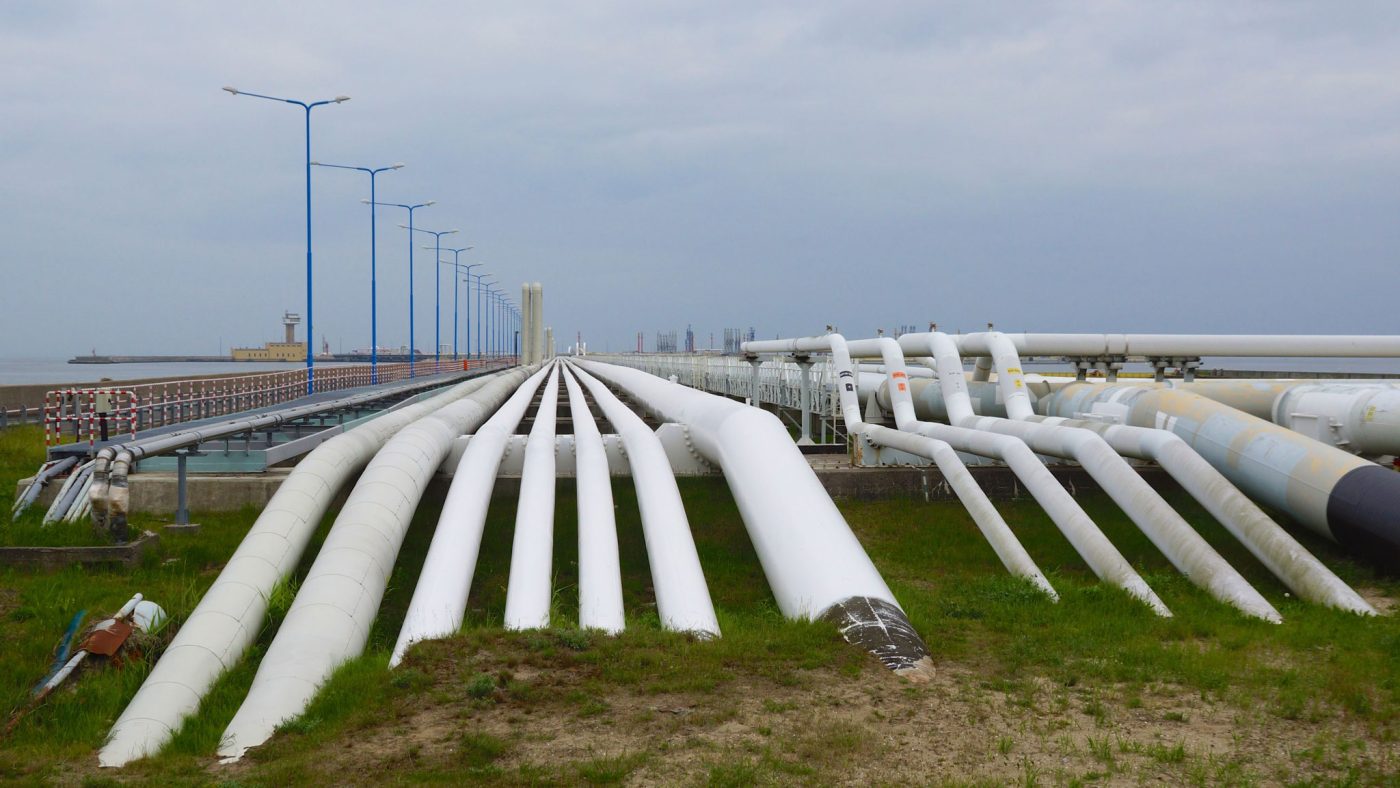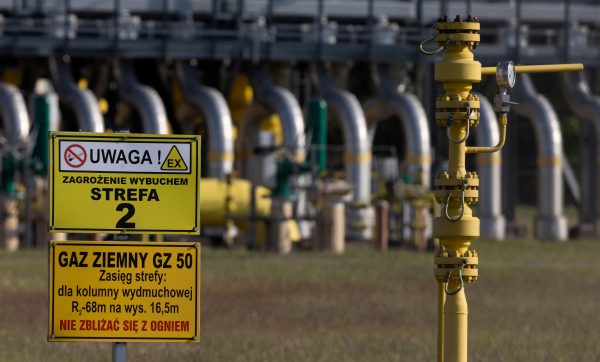In late 2019, the Danish energy agency and German Parliament cleared the way for the completion of Russia’s Nord Stream 2 (NS2) gas pipeline. As a result, the question is not “if” NS2 will be finished but “when.” The pipeline is estimated to be completed no later than 2021, even with the growing rift between Berlin and Washington over the project and U.S. sanctions targeting companies building the pipeline.
These NS2 developments in Denmark and Germany brought about the signing of a new gas deal between the Russian energy company Gazprom and the Ukrainian energy company Naftogas on December 30, 2019, which—in addition to settling long-standing financial issues for both sides—puts additional pressure on Ukraine by naming specific quantities of gas that Kyiv must deliver to its neighbors.
So where do NS2’s opponents go from here? While the energy discussion surrounding NS2 on both sides of the Atlantic has largely focused on delaying, sanctioning, or stopping the pipeline’s construction, Poland is already looking to the future. Utilizing the country’s unique geographic position, Warsaw has started a comprehensive eight-step plan to enhance regional (including Ukrainian) energy security that also will use U.S. companies in the forthcoming decade(s) to counter Russia’s pipeline politics. Loudly kicking off this “new era” in Polish energy policy, PGNiG, the state-owned oil and gas company, discontinued its long-term gas supply contract with Gazprom effective January 1, 2023.
Following the Lithuanian example, Warsaw plans to counter Russia’s supplier dominance by opting for the development of LNG terminals which are already creating a more competitive Central European gas market.
But how will Warsaw diversify away from Russian gas in only three years? Poland seeks to:
Develop the Baltic Pipeline by 2022 to provide an alternative Norwegian gas source
Connect the Polish and the Lithuanian pipeline network by 2021;
Extend the already operational LNG terminal in Świnoujście;
Construct a new LNG terminal in Gdańsk by 2021 with a maximum annual capacity of 4 billion cubic meters of gas, providing a new entry point for imports (estimated to reach 21.5 billion cubic meters annually by 2023—higher than the annual Polish gas consumption in recent years);
Expand the national gas transmission network linking Świnoujście with Slovakia, and Ukraine;
Connect the Polish and the Slovakian gas networks;
Expand the capacity of the Polish-Ukrainian interconnector through which U.S. companies could export LNG to Ukraine;
Enhance energy efficiency. Between 2009–2015, Poland spent more than 13.6 billion PLN (approximately 3.5 billion USD) on energy efficiency and renewable energy projects, including enhancing the energy efficiency of public and private buildings. Forecasts predict that in 2020, Poland can save an additional 11.97 Mtoe of energy.
Warsaw has already made inroads with U.S. LNG exporters. After a series of short-term contracts resulting in improved credibility over time, Polish companies have successfully inked long-term deals. Further, PGNiG is actively seeking to diversify its sourcing within the Three Seas Initiative region by considering the purchase of ExxonMobil’s operation in the Romanian portion of the Black Sea, and has recently won a five-year contract to operate a Lithuanian LNG terminal in Klaipėda.
So where is the money? As of December 2019, draft EU plans exist for supporting many of the above-mentioned projects. Moreover, the European Commission also proposes the discontinuation of support for the Czech-Polish Stork II project that would allow NS2-transmitted gas to enter Poland and strengthen Moscow’s energy position in the region.
While the path ahead for Warsaw may seem clear, the biggest obstacle to success is time. Just as Gazprom is racing against the clock to complete NS2 ahead of U.S. sanctions, Warsaw must also be cognizant of the clock when implementing its new long-term energy strategy—while also navigating the increasingly complex issue of addressing EU climate change goals (ranging from infrastructural to labor market factors).
If any delay occurs to the aforementioned infrastructure projects, Poland may be forced to turn back to Russian gas. Moreover, if Warsaw seeks to become a regional energy hub, the bottleneck of pipeline and interconnector capacity must be addressed.
The year 2023 offers Central Europe a unique energy proposition, with the expiration of current energy supply contracts with Moscow. If the region can seize this moment, the energy landscape will be changed for the long-term. Warsaw is already working towards this goal—and they very well might succeed. There are signs that other Central European capitals are following as well. The result will not only be a win-win for Central Europe, but for the entire transatlantic community as well.
The author would like to thank Nathalie Marková and Benjamin Zalinger for their comments on earlier versions of this article.
Europe’s Edge is CEPA’s online journal covering critical topics on the foreign policy docket across Europe and North America. All opinions are those of the author and do not necessarily represent the position or views of the institutions they represent or the Center for European Policy Analysis.





